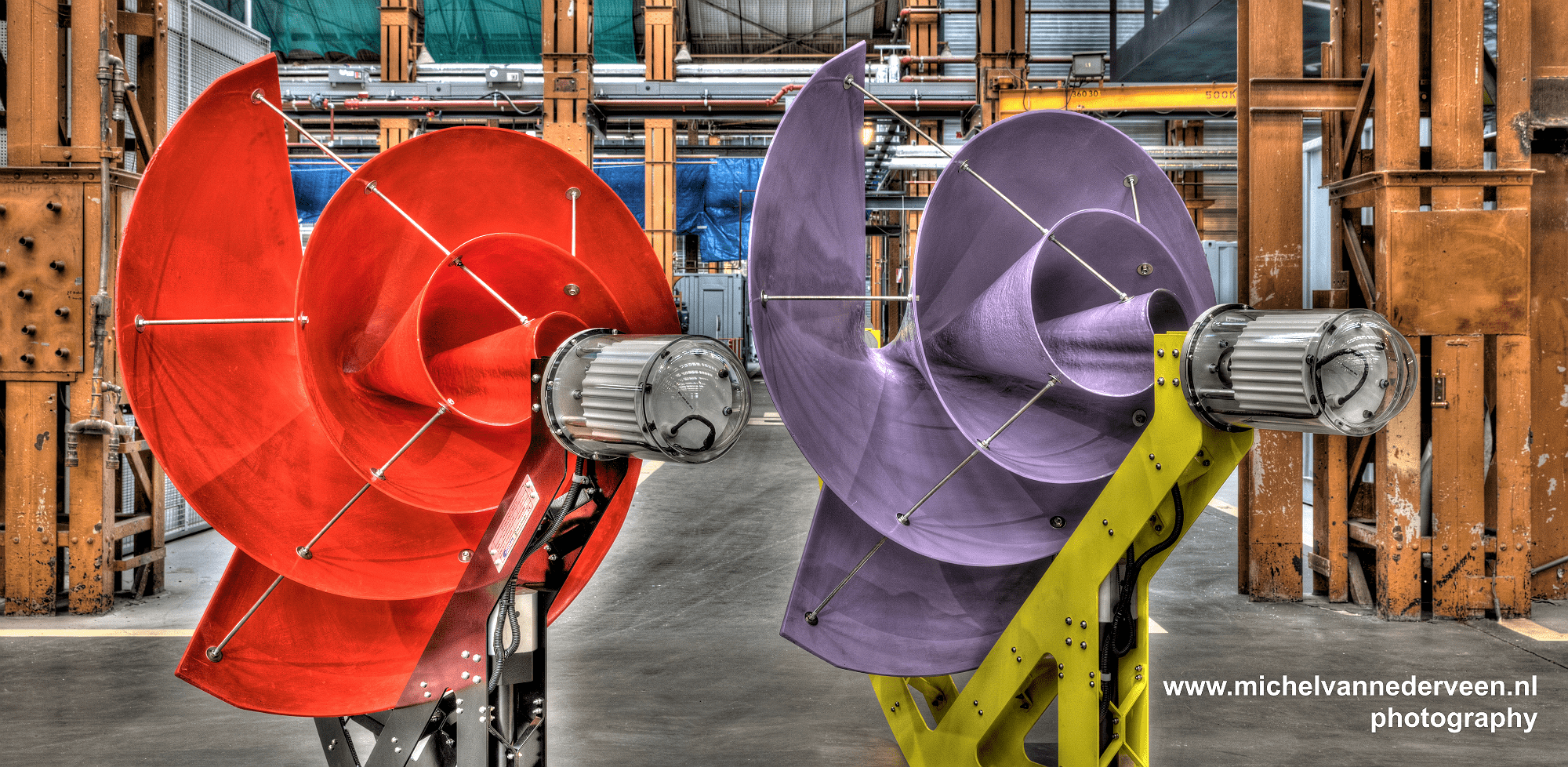This silent wind turbine for the home outperforms solar panels
By D. García
 |
| New LIAM F-1 silent wind turbine |
That said,
it is not surprising that this new, smaller, more efficient and quieter wind
turbine designed for domestic use comes from there. So, why do you need solar
panel at home? You can have a silent wind turbine like
this one.
The Netherlands reinvents windmills: an ultra-efficient
silent wind turbine
It may be difficult, especially for younger generations, to
think of the Netherlands as a heavy industrial powerhouse highly dependent on
fossil fuels. However, until the 1970s, pollution due to large numbers of cars
and emissions from natural gas and coal-fired power plants fueled a thriving
chemical industry.
Air pollution, land scarcity due to its high population
density and rising sea levels that threatened to flood its cities led to a
sustained effort to decarbonize its economy and diversify its energy
sources and industries. Today, the Netherlands is an emblem of innovation
in sustainable technologies and policies.
For this transition, one of the key technologies was wind
energy, in which today they are one of the main leaders, developing important
innovations in this field. The most recent of these innovations is the LIAM F1
UWT, a small and quiet wind turbine for urban use with the capacity to generate
between 300 and 2500 kWh, approximately half of the average household
consumption.
The new trend in wind energy: generators so small that you
can install them on your rooftop
Wind energy is one of the most widespread renewable energy
sources worldwide, especially in Europe. However, traditional wind turbines
require large tracts of land, with their gigantic blades that generate a
negative visual impact, pose a risk to birds and prevent the use of these
lands.
This is why the aim is to reduce their size and increase
their efficiency in order to exploit the weaker, more erratic winds that flow
close to the ground and between buildings in urban environments. One such
solution is the hexagonal wind turbines developed by a Scottish company.
The LIAM F1 silent wind turbine, developed by The Archimedes, ups
the ante in this field.
With a helical design inspired by Archimedes’ Spiral, this
silent wind turbine has a diameter of 1.50 m and weighs no more than 100 kg.
Its design allows it to move according to changes in wind direction to make the
most of all air currents. This enables it to generate, on average, 1500 kWh per
year with winds of only 5 m/s.
EDITOR'S NOTE: Charlestown is one of the only towns in America to effectively ban wind-to-energy devices of all types. A CCA-pushed NIMBY ordinance creates so many terms and conditions that even small, silent residential units are effectively banned. No one in Charlestown has managed to get past this self-imposed barrier to this energy source.
Ironically, Dr. Bruce Gouin's Arrowhead Dental showed how vertical axis turbines are not only quiet but pleasant to look at. He placed a group of them as an art installation around the beautiful grounds at Arrowhead. But they don't generate electricity - if they did, they would be illegal.
Ironically, Dr Gouin was one of the most vocal opponents of residential wind power and supported Charlestown's draconian ordinance, an ordinance that needs to be repealed to allow residential wind power. - Will Collette
Goodbye to the electricity bill: the silent wind turbine you can combine with solar panels
Another key point in the development of the LIAM F1 is the
synergy with other renewable energy sources, such as photovoltaic cells and
energy storage systems. This would greatly reduce consumption from the
electricity grid, eliminating CO2 emissions and saving significant
costs for the household.
The new silent generator for self-consumption has the
capacity to convert 88% of wind power into usable energy. When there is not
enough wind, it would be possible to switch to solar energy.
European renewable energy infrastructure will be key to a
sustainable future
The European Union’s ongoing efforts to develop and
implement renewable energy production systems have allowed us to decarbonize
our electricity grids and greatly reduce CO2 emissions. In fact, according to
recent reports, we are even said to have produced too much energy with solar
panels, causing electricity consumption to fall to an all-time low. So, as
you have seen, this LIAM F1 UWT wind turbine could be the
future.